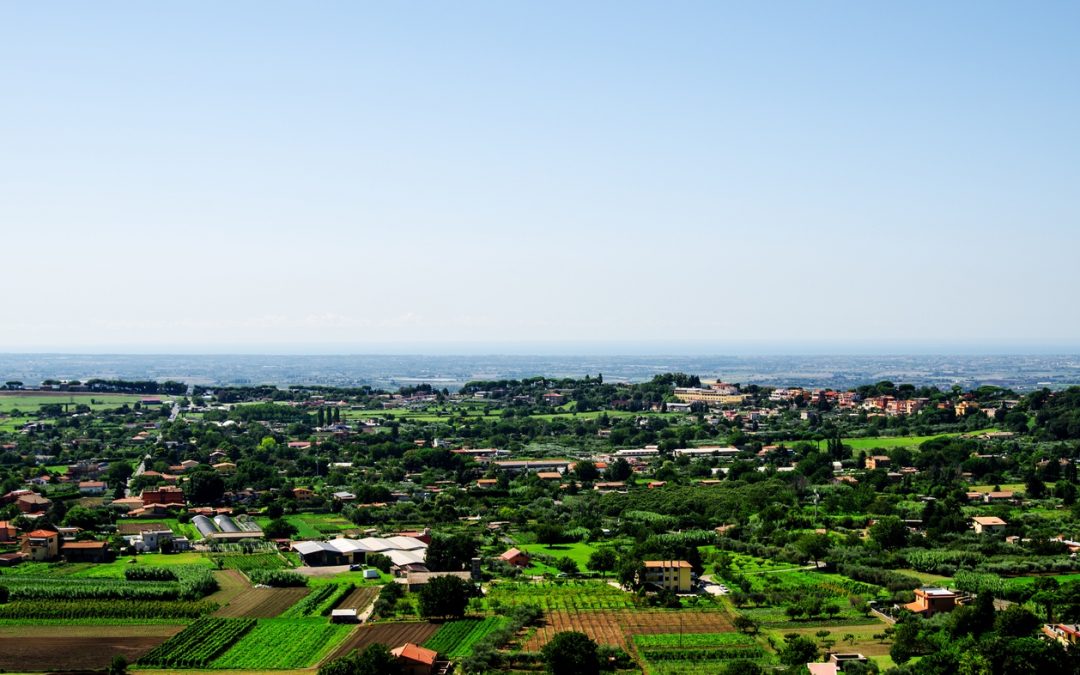With the many thousands of neighborhoods that exist across America, finding the perfect place to put down your roots is not easy.
There are benefits and downsides to owning property — whether it be an urban, suburban or rural neighborhood. Before you look at property to buy, you should know each setting’s pros and cons.
The Urban Neighborhood
Pros
Urban centers are hot spots for young professionals looking to make connections, meet partners and establish and grow their careers. These neighborhoods are exciting, buzzing with activity, and never without fun things to do — from nightclubs, pubs, and bars to museums, zoos, and theme parks.
Urban neighborhoods tend to have much better access to amenities—hospitals, shopping centers, and restaurants. And perhaps their most important feature, to many hard-working professionals, is that they tend to be closer to industry.
Opportunity abounds. But it all comes at a higher cost of living.
Cons
You have to pay the price to take advantage of all the upsides of the urban neighborhood.
According to Kiplinger, the cost of living in the city is much higher. Look at Queens, N.Y., where the cost of living is 52.6 percent higher than the U.S. average, with a median home value of $481,300.
In Arlington, Va., the cost of living is higher still, at 53.1 percent above the U.S. average, with a median home value sitting around $643,300.
Also, even though crime rates have declined since the 1990s, a report from the Metropolitan Policy Program at the Brookings Institution states that crime continues to be much higher in urban centers than elsewhere.
The Suburban Neighborhood
Pros
Suburban living is much quieter than urban living and statistically much less susceptible to crime. Schools are often better in suburbia than they are in urban centers, too.
The Hechinger Report suggests that suburban schools outperform their urban counterparts because of better funding, and graduation rates are higher in suburban schools.
The way of life in the suburbs starkly contrasts that of living in city hubs. There’s a general sense of ease, time seems to progress slower, and you’re more likely to bond with neighbors. On average, the cost of living is less as well.
Cons
Commute times will be much longer. If you have to travel into the heart of the city for work, you can expect to pay to get there, and public transit tends to get a little worse the farther away it is from the city center.
Amenities are also fewer and farther between. If you want to go to the movies or a restaurant, factor in the time and cost getting there.
Also, you miss out on all the fun things to do in the city center.
The Rural Neighborhood
Pros
Quiet living at its finest. Be free of the city smog, and smell the fresh air. Take your dog for a walk through the woods, and feel the sense of wellness envelop you.
The rural locale can nurture your mental and physical health with the absence of traffic jams, honking horns, and rude drivers. Rural living can help your personal relationships flourish as the stress melts away.
Crime here is sparse in comparison even to the suburbs, and the cost of living tends to be less.
Cons
Property maintenance costs are much higher, since there’s more property to maintain. Your decent chunk of land might need landscaping and your wide lawn cutting.
You’re much farther away from schools and amenities, so you’ll need vehicles to get around in. Your commute to work will be much longer, too, which means you’ll get up earlier and get home later.
And if you live by yourself, you might find yourself longing for company.
The bottom line
Each neighborhood — whether urban, suburban, or rural — offers a different experience. Which experience is best for you depends on your needs and budget.
Consider amenity access, safety, commute times, living costs, and socialization.




